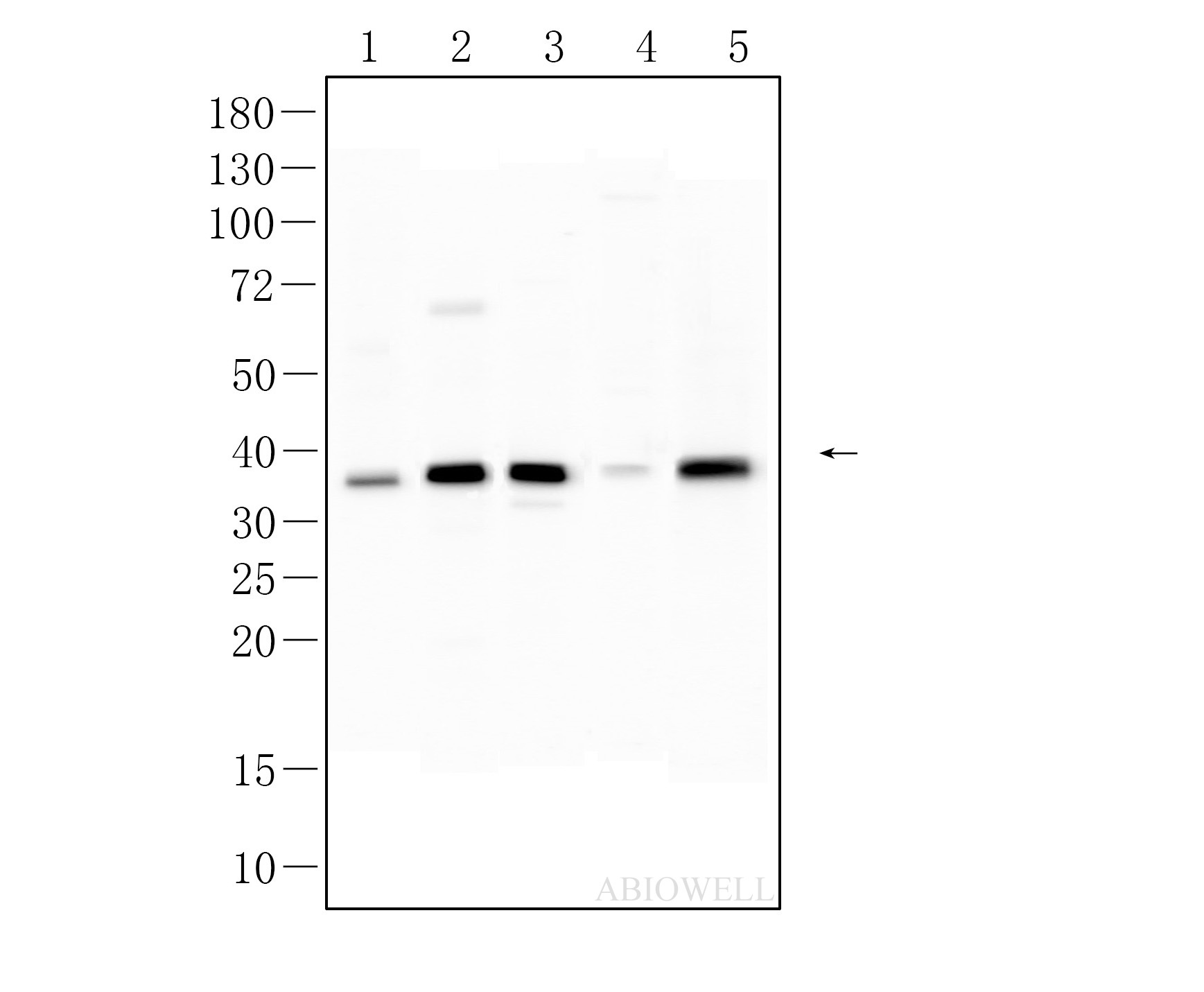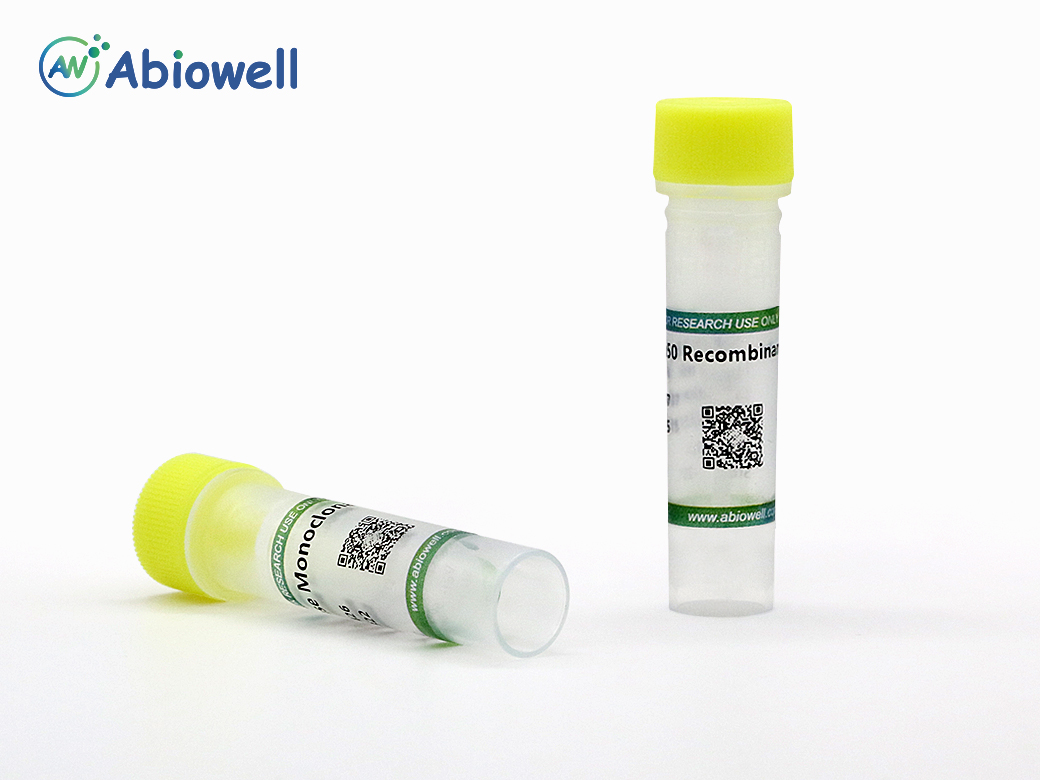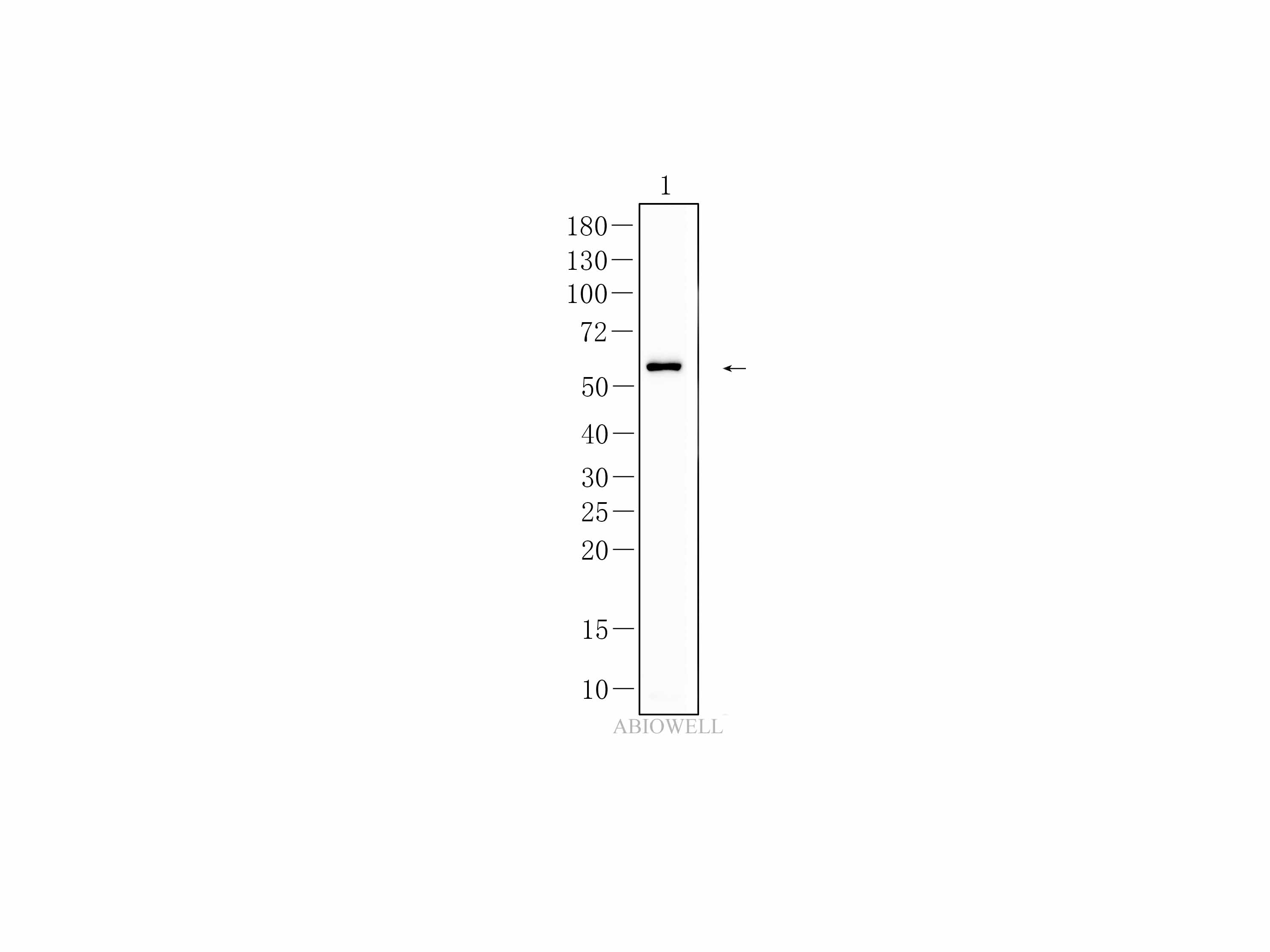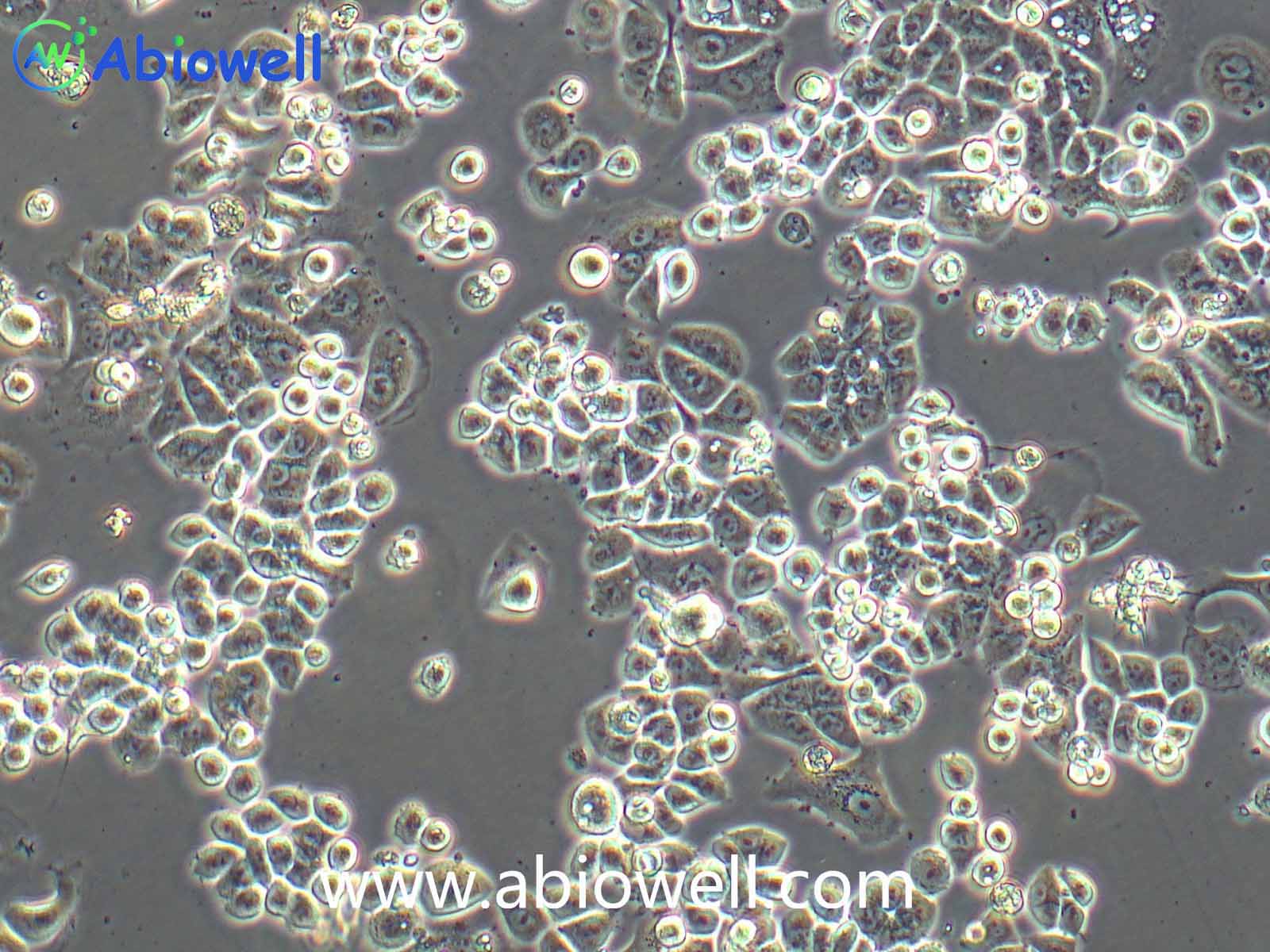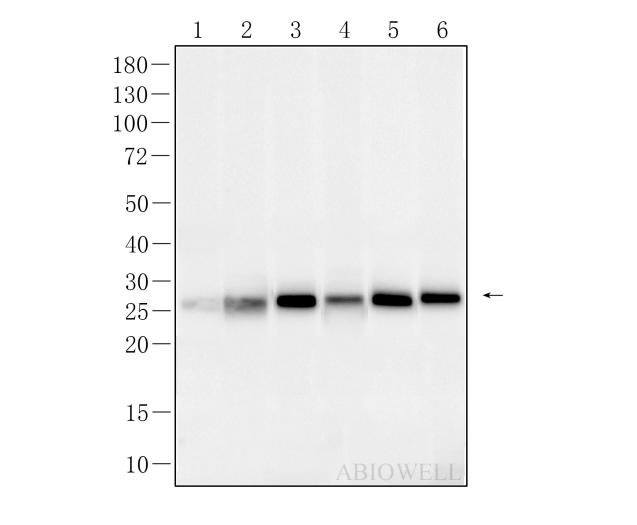CD3G Recombinant Rabbit Monoclonal Antibody
-
-
- 20μL
- ¥620
- 有库存
-
- 50μL
- ¥1250
- 有库存
-
- 100μL
- ¥2200
- 有库存
Product Details
| Host Species: Rabbit | Reactivity: Human,Mouse | Molecular Wt: 20 kDa | |
Clonality: Monoclonal | Isotype: IgG | Concentration: 1 mg/ml | ||
Other Names: CD3 gamma;CD3-GAMMA;CD3g antibody;CD3g antigen gamma polypeptide (TiT3 complex);CD3g antigen gamma polypeptide;CD3g molecule gamma (CD3 TCR complex);CD3G_HUMAN;FLJ17620;FLJ17664;FLJ79544;T-cell receptor T3 gamma chain;T3G
| ||||
Formulation: Liquid in PBS containing 50% glycerol, 0.5% BSA and 0.02% sodium azide. | ||||
Purification: Affinity-chromatography | ||||
Storage: -20°C,1 year | ||||
Applications
| WB 1:500-1:2000 IHC-P 1:50-1:200 FC 1:50-1:100 IP Use at an assay dependent concentration.
| |||
Immunogen Information | Gene Name: CD3G T3G | Protein Name: T-cell surface glycoprotein CD3 gamma chain (T-cell receptor T3 gamma chain) (CD antigen CD3g)
| ||
Gene ID:
| SwissPro: Q64159 (Rat)
| |||
Immunogen: Synthetic peptide within Human CD3G aa 133-182 / 182. | ||||
Specificity: CD3G Monoclonal Antibody detects endogenous levels of CD3G protein. | ||||
| Product images | |
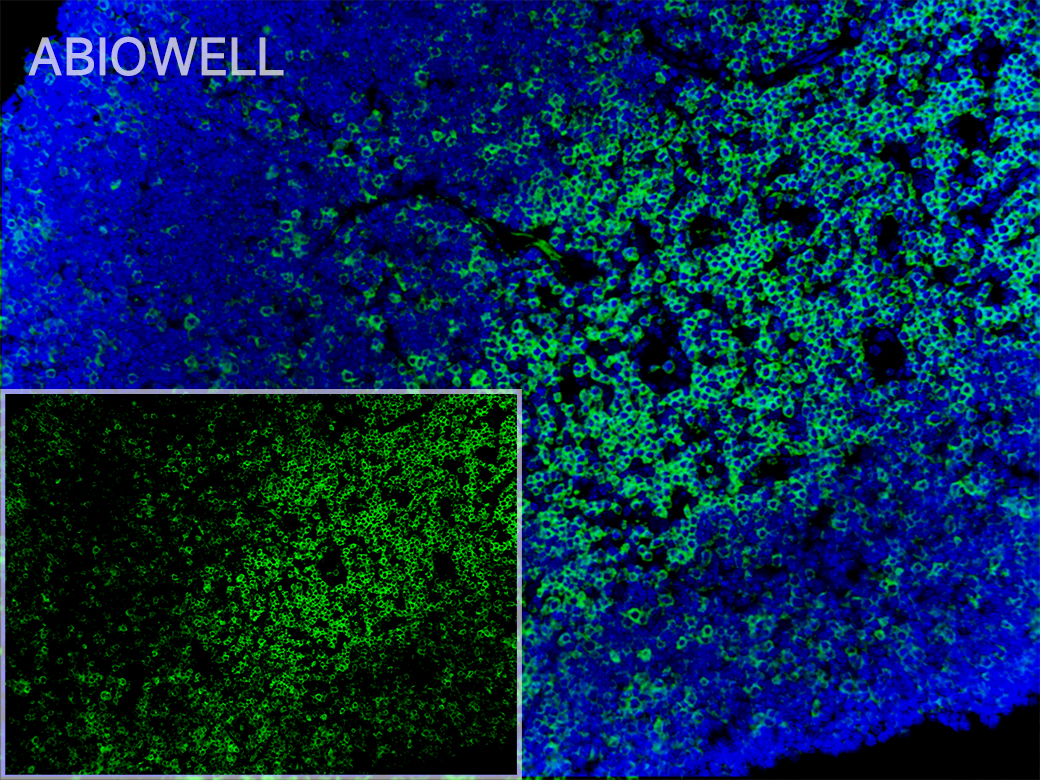
|
Fig: Fluorescence immunohistochemical analysis of Mouse-thymus tissue (Formalin/PFA-fixed paraffin-embedded sections). with Rabbit anti-CD3G antibody (AWA12677) at 1/200 dilution. The immunostaining was performed with the TSA Immuno-staining Kit (ABIOWELL, AWI0688). The section was pre-treated using heat mediated antigen retrieval with EDTA buffer (pH 9.0) for 20 minutes. The tissues were blocked in 5% BSA for 60 minutes at 37℃, washed with ddH2O and PBS, and then probed with the primary antibody (AWA12677) at 1/200 dilution for 1 hour at room temperature. The detection was performed using an HRP conjugated compact polymer system followed by a separate fluorescent tyramide signal amplification system (green). DAPI (blue, AWC0291) was used as a nuclear counter stain. Image acquisition was performed with Slide Scanner. |

|
Fig : Western blot analysis of CD3G on different lysates. Proteins were transferred to a NC membrane and blocked with 5% NF-Milk in TBST for 1 hour at room temperature. The primary antibody (AWA12677, 1/1000) was used in PBST at room temperature for 2 hours. Goat Anti-Rabbit IgG - HRP Secondary Antibody (AWS0002) at 1:5,000 dilution was used for 1 hour at room temperature. Positive control: Lane 1: Jurkat cell |

|
Fig: Fluorescence immunohistochemical analysis of Mouse-ileum tissue (Formalin/PFA-fixed paraffin-embedded sections). with Rabbit anti-CD3G antibody (AWA12677) at 1/200 dilution. The immunostaining was performed with the TSA Immuno-staining Kit (ABIOWELL, AWI0688). The section was pre-treated using heat mediated antigen retrieval with EDTA buffer (pH 9.0) for 20 minutes. The tissues were blocked in 5% BSA for 60 minutes at 37℃, washed with ddH2O and PBS, and then probed with the primary antibody (AWA12677) at 1/200 dilution for 1 hour at room temperature. The detection was performed using an HRP conjugated compact polymer system followed by a separate fluorescent tyramide signal amplification system (green). DAPI (blue, AWC0291) was used as a nuclear counter stain. Image acquisition was performed with Slide Scanner. |
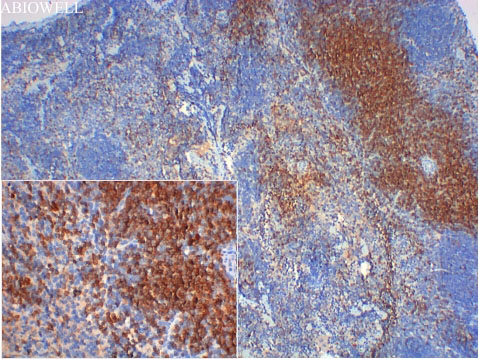
|
Fig : Immunohistochemical analysis of paraffin-embedded mouse-spleen tissue with Rabbit anti-CD3G antibody (AWA12677) at 1/100 dilution. The section was pre-treated using heat mediated antigen retrieval with Sodium citrate buffer (pH 6.0) for 20 minutes. The tissues were blocked in 3% H2O2 for 15 minutes at room temperature, washed with ddH2O and PBS, and then probed with the primary antibody (AWA12677) at 1/100 dilution for 1 hour at room temperature. The detection was performed using an HRP conjugated compact polymer system(ABIOWELL, AWI0629). DAB was used as the chromogen. Tissues were counterstained with hematoxylin and mounted with DPX. |

|
Fig: Fluorescence immunohistochemical analysis of Mouse-spleen tissue (Formalin/PFA-fixed paraffin-embedded sections). with Rabbit anti-CD3G antibody (AWA12677) at 1/200 dilution. The immunostaining was performed with the TSA Immuno-staining Kit (ABIOWELL, AWI0688). The section was pre-treated using heat mediated antigen retrieval with EDTA buffer (pH 9.0) for 20 minutes. The tissues were blocked in 5% BSA for 60 minutes at 37℃, washed with ddH2O and PBS, and then probed with the primary antibody (AWA12677) at 1/200 dilution for 1 hour at room temperature. The detection was performed using an HRP conjugated compact polymer system followed by a separate fluorescent tyramide signal amplification system (green). DAPI (blue, AWC0291) was used as a nuclear counter stain. Image acquisition was performed with Slide Scanner. |
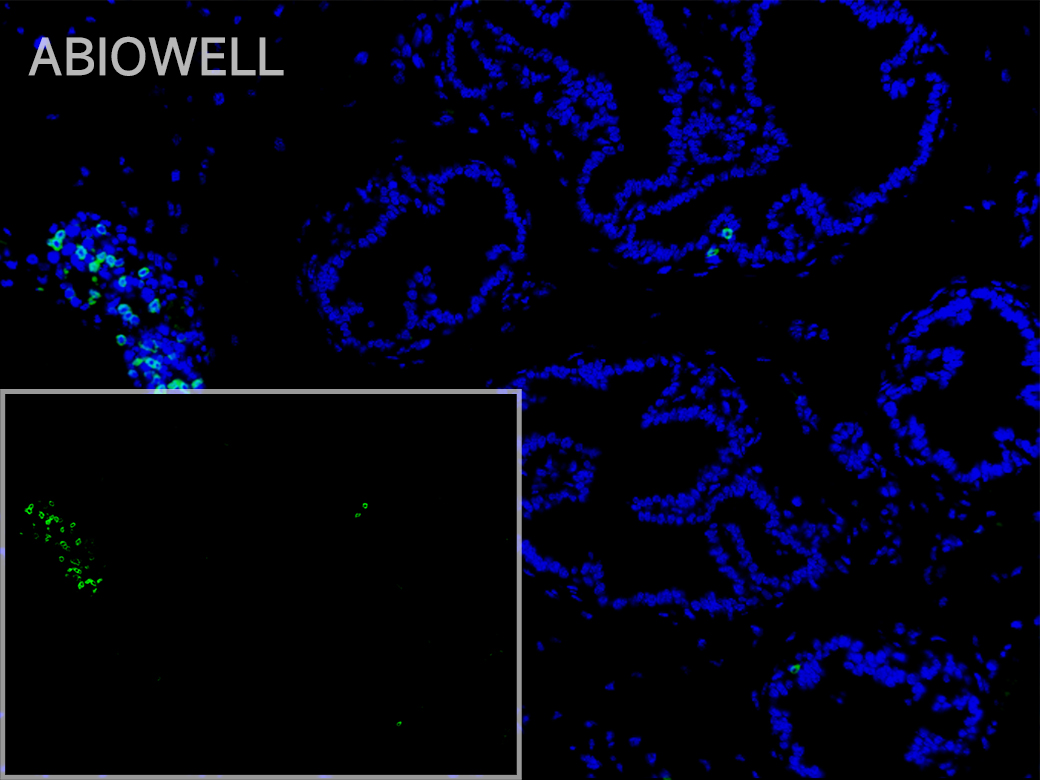
|
Fig: Fluorescence immunohistochemical analysis of Mouse-bladder tissue (Formalin/PFA-fixed paraffin-embedded sections). with Rabbit anti-CD3G antibody (AWA12677) at 1/200 dilution. The immunostaining was performed with the TSA Immuno-staining Kit (ABIOWELL, AWI0688). The section was pre-treated using heat mediated antigen retrieval with EDTA buffer (pH 9.0) for 20 minutes. The tissues were blocked in 5% BSA for 60 minutes at 37℃, washed with ddH2O and PBS, and then probed with the primary antibody (AWA12677) at 1/200 dilution for 1 hour at room temperature. The detection was performed using an HRP conjugated compact polymer system followed by a separate fluorescent tyramide signal amplification system (green). DAPI (blue, AWC0291) was used as a nuclear counter stain. Image acquisition was performed with Slide Scanner. |
-
-
- 20μL
- ¥620
- 1-3个工作日
-
- 50μL
- ¥1250
- 1-3个工作日
-
- 100μL
- ¥2200
- 1-3个工作日
-
相关产品
-
Cdk6 Recombinant Rabbit Monoclonal Antibody
GAPDH Rabbit Polyclonal Antibody
GFAP Recombinant Mouse Monoclonal Antibody
Ki67 Rabbit Monoclonal Antibody
HMGB1 Recombinant Rabbit Monoclonal Antibody
SQSTM1/p62 Mouse Monoclonal Antibody
Bcl-2 Recombinant Rabbit Monoclonal Antibody
SOD2 Rabbit Polyclonal Antibody

